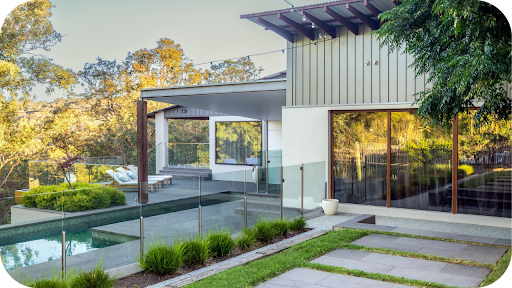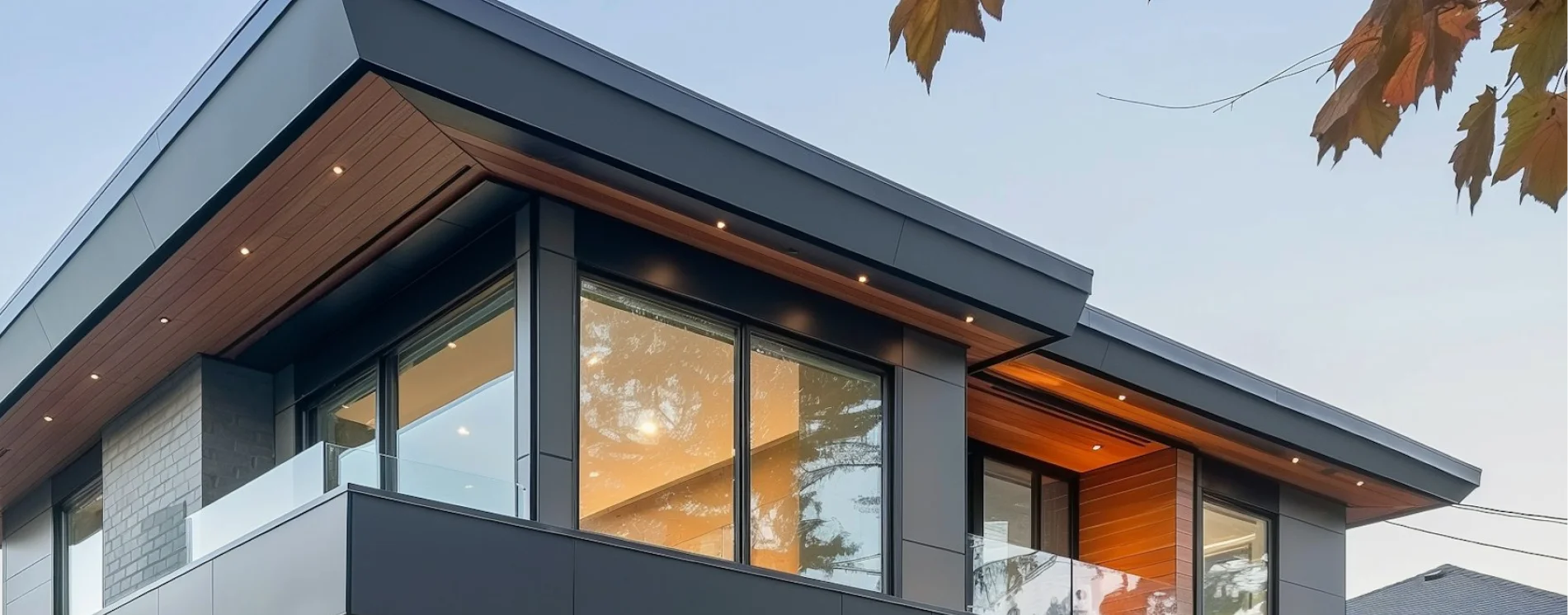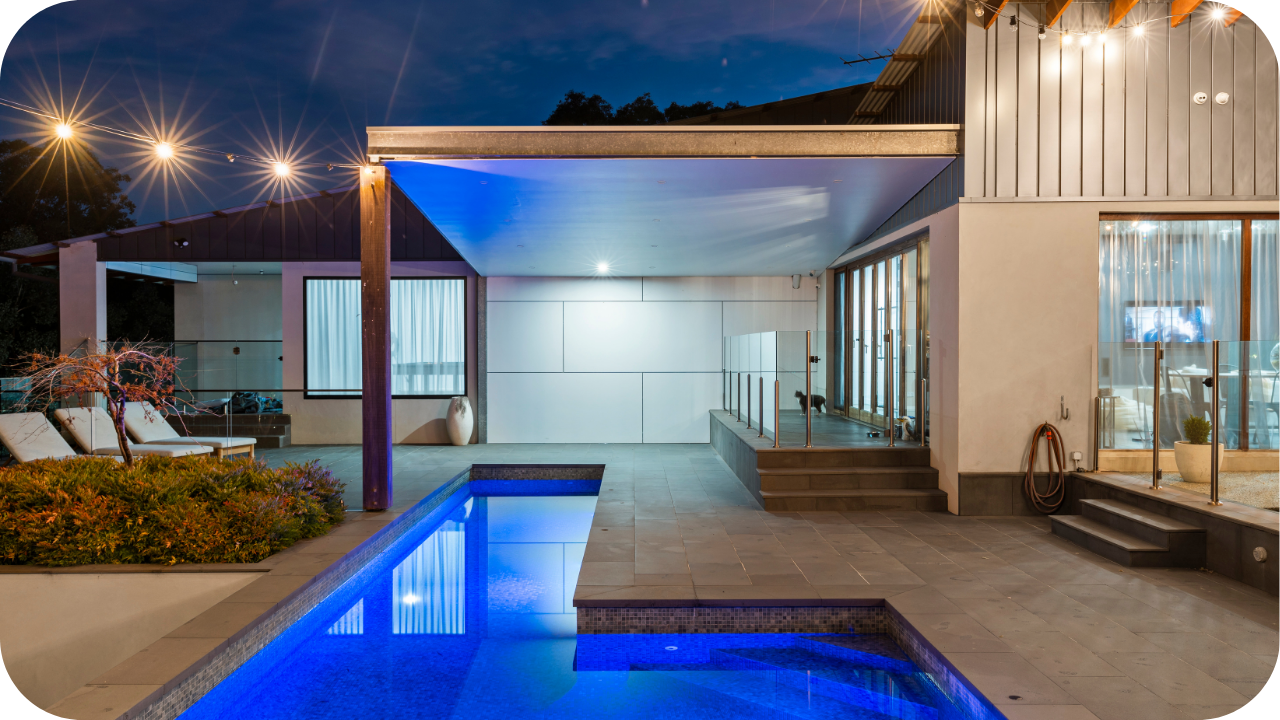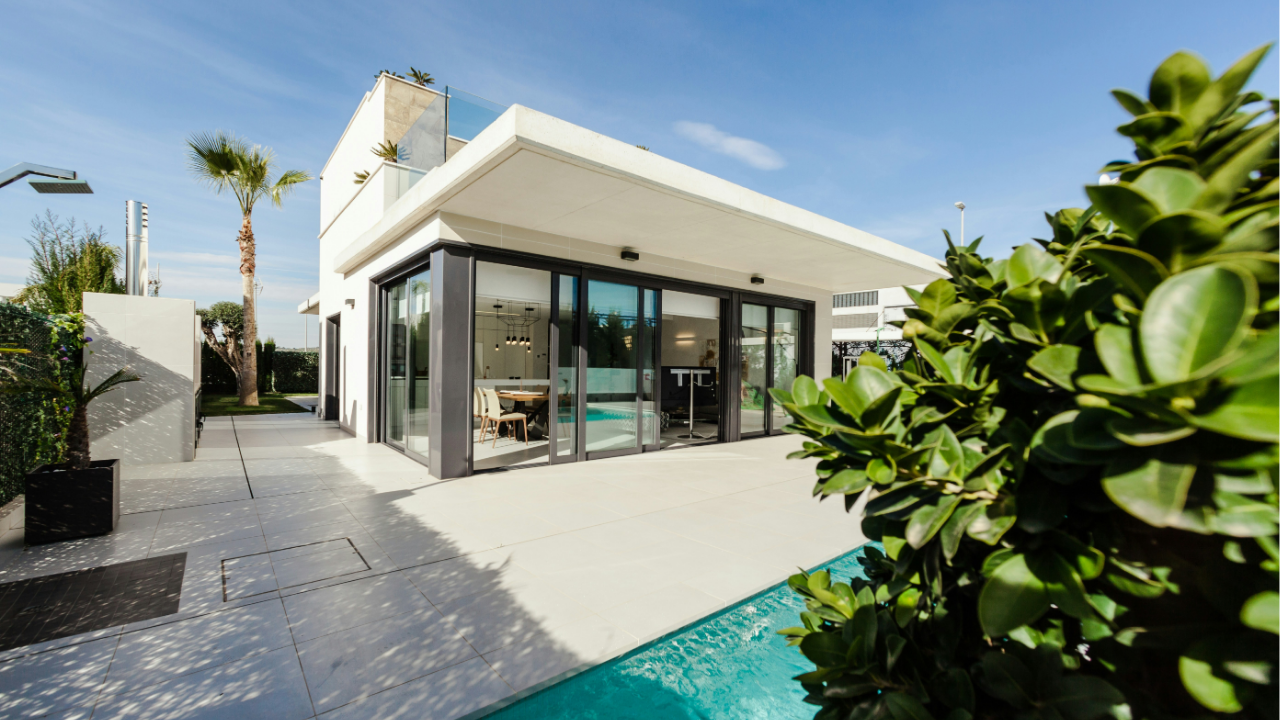


Home design across Queensland and Victoria is evolving as homeowners seek spaces that feel comfortable, efficient, and calm. Climate strongly shapes how materials, layouts, and indoor comfort are planned across both regions.
Shifts in lifestyle, sustainability expectations, and technology now influence how modern homes are arranged. Families want adaptable rooms, improved energy performance, and features that support smoother day-to-day living year-round.
This article highlights key design trends shaping 2026 and offers practical guidance to help you make informed, future-ready decisions for your next renovation or build.
Home design across Queensland and Victoria is shaped heavily by climate. Queensland’s warm conditions encourage lighter materials, breezy layouts, and designs that enhance airflow. Victoria’s cooler climate leads to insulation-centred planning, layered textures, and warm interior finishes that support daily comfort.
These regional differences influence shading, window placement, and outdoor connections. Homes in both states now aim for climate-efficient layouts that look refined while staying practical. The growing focus on comfort and resilience is guiding homeowners toward designs that balance function with long-lasting style.
Lifestyle shifts add another layer of change. Remote work, multigenerational living, and rising density have increased demand for flexible rooms. Families wa
Homeowners across Queensland and Victoria are embracing architectural ideas that feel functional, resilient, and calm. These are the key design trends shaping modern homes in 2026 and beyond.
Homes in both states are being shaped by local climate needs, with Queensland favouring passive cooling and airflow strategies. At the same time, Victoria focuses on insulation, glazing improvements, and layouts designed for year-round indoor comfort.
Families increasingly want rooms that adapt easily to shifting routines, with movable partitions, convertible layouts, and hybrid spaces helping create homes that support work, rest, and shared living without compromising comfort.
Clean lines, soft colour palettes, and simplified forms are shaping new builds, creating timeless exteriors that suit both Queensland’s relaxed settings and Melbourne’s more structured, contemporary architectural environments.
Designers are prioritising seamless movement between interior and outdoor areas, using large openings, level thresholds, and open layouts to encourage natural light, improve ventilation, and create inviting, functional living spaces.
Many homes now use zoning to manage noise and improve flow, establishing dedicated areas for work, rest, and entertainment while maintaining open, social spaces for family connection and everyday activities.

Material choices across Queensland and Victoria are shifting toward quality, sustainability, and climate readiness. Here are the standout finishes shaping the look and feel of modern homes in 2026.
Homes are embracing environmentally conscious choices, including recycled composites, FSC-certified timber, low-VOC finishes, and thermally efficient cladding designed to improve performance while keeping interiors healthy, stylish, and climate-appropriate.
Timber and stone remain leading luxury choices, offering warmth, texture, and durability. Queensland leans toward lighter grains, while Melbourne prefers richer tones that complement architectural depth and cooler seasonal conditions.
Venetian plaster, limewash coatings, and fluted panelling continue to gain popularity, adding tactile depth that lifts interiors and creates quiet visual interest across both contemporary and classic home styles.
Queensland homeowners favour cyclone-resistant materials with strong weather resistance, while Victorian homeowners prioritise fire-resistant cladding and roofing to improve safety and long-term property resilience.
Colour choices are leaning toward gentle, earthy tones that reflect Australian landscapes. Queensland homes prefer coastal-inspired neutrals, while Victorian interiors embrace deeper, grounding shades with a more architectural feel.
Interior design across Queensland and Victoria is leaning toward warmth, calm, and natural influence. These are the key interior trends shaping how Australians want their homes to feel in 2026.
Homeowners are favouring simplified layouts with soft textures, warm neutrals, and thoughtful lighting, creating interiors that feel relaxed, elegant, and welcoming without relying on clutter or heavy decorative layering.
Indoor planting, natural materials, and increased glazing help bring the outdoors inside. This approach supports wellbeing, improves airflow, and creates interiors that feel balanced, fresh, and deeply connected to nature.
Hidden pantries, integrated shelving, and custom cabinetry help keep interiors clean and functional. These solutions support modern living by reducing clutter and making everyday routines easier to manage.
Pendant lights, soft LED accents, and layered lighting schemes add visual interest and highlight architectural features. Lighting has become a central design element rather than a purely functional choice.
Textural fabrics such as linen, boucle, and wool blends are being used to add depth and softness, creating interiors that feel warm, comfortable, and visually rich across a range of modern home styles.
Homeowners are embracing smart home integration systems that manage lighting, climate, and energy use through central controls. These setups offer better efficiency, smoother routines, and greater comfort throughout the day.
Security expectations are rising, with smart locks, cameras, and remote access systems offering stronger protection. Families value the convenience and peace of mind these connected features bring to daily living.
Air purification, water filtration, and circadian lighting are becoming essential inclusions. These features support cleaner, healthier environments and help improve comfort for families spending more time at home.
Built-in speakers, hidden wiring, and streamlined media setups are improving how people enjoy movies, music, and gaming. These systems create immersive experiences while keeping interiors clean and uncluttered.
Kitchens and laundries now feature appliances that connect to apps for improved control. Timers, notifications, and automation tools help households manage chores more efficiently and reliably.
Advanced climate systems are helping households maintain steady temperatures year-round. Zoned control, humidity balancing, and app-connected thermostats allow homes in both states to stay comfortable while reducing unnecessary energy use.

Outdoor spaces are becoming essential living areas in both states, with homeowners investing in comfort, climate performance, and year-round usability. Here are the outdoor design trends shaping modern homes in 2026.
Designs now favour larger openings, consistent flooring, and open plan layouts that connect indoor and outdoor zones. This approach increases natural light, improves flow, and creates flexible living environments for families.
Queensland homes benefit from shaded spaces, cooling fans, misting features, and breezy seating zones. These additions create comfortable outdoor living areas that feel inviting even on warm, humid days.
Victorian homeowners are choosing insulated alfresco rooms, outdoor heaters, and sheltered entertaining areas. These features make outdoor spaces usable throughout cooler months while preserving comfort and visual appeal.
Built-in barbecues, stone benchtops, outdoor fridges, and covered dining areas continue to rise in popularity. These features turn backyards into social hubs that feel practical and welcoming year-round.
Native plants, drought-resistant greenery, and simplified garden layouts help reduce upkeep. Homeowners value landscaping choices that remain attractive year-round without needing constant watering, trimming, or specialised care.
Choosing the right team matters when planning a future-ready home. Here are the reasons ROMAAC Group stands out for homeowners in Queensland and Victoria in 2026.
Home design across Queensland and Victoria is shifting toward comfort, climate readiness, and long-lasting style. Trends shaping 2026 emphasise natural materials, flexible layouts, and technology that improves daily living.
These changes highlight a growing preference for calm, functional homes tailored to each region’s climate. Every design choice, from materials to floor plans, helps create spaces that feel balanced and practical.
Partner with ROMAAC Group today to plan a future-ready home that reflects your lifestyle and delivers lasting comfort.


